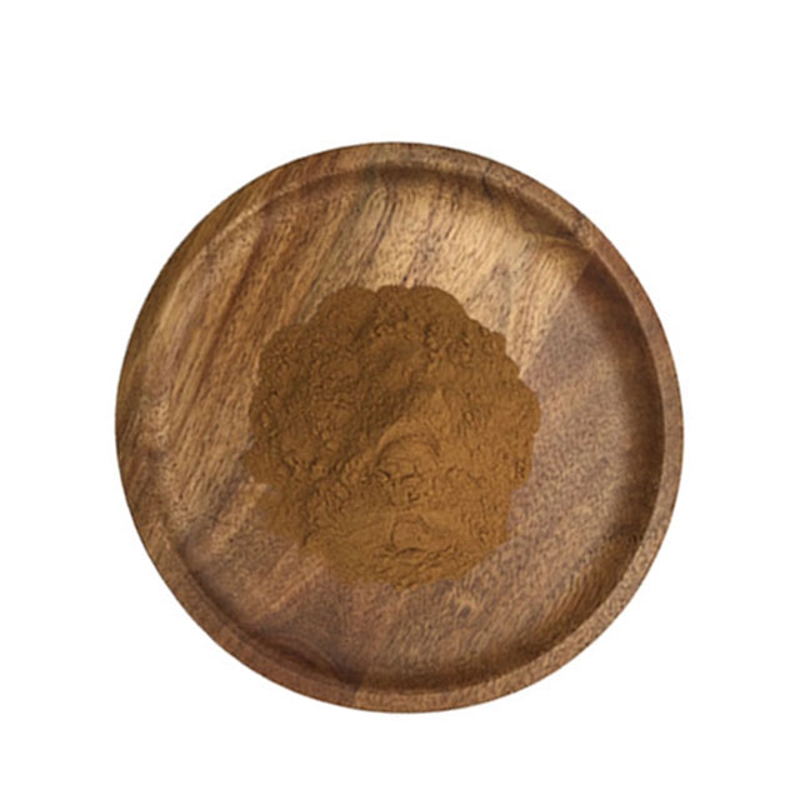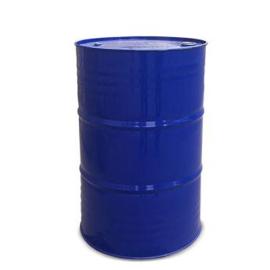-
Categories
-
Pharmaceutical Intermediates
-
Active Pharmaceutical Ingredients
-
Food Additives
- Industrial Coatings
- Agrochemicals
- Dyes and Pigments
- Surfactant
- Flavors and Fragrances
- Chemical Reagents
- Catalyst and Auxiliary
- Natural Products
- Inorganic Chemistry
-
Organic Chemistry
-
Biochemical Engineering
- Analytical Chemistry
- Cosmetic Ingredient
-
Pharmaceutical Intermediates
Promotion
ECHEMI Mall
Wholesale
Weekly Price
Exhibition
News
-
Trade Service
Vido bead monoanti-Vedolizumab (VDZ), an intestinally selective humanized monoclonal antibody that inhibits alpha4 beta-7 integer proteins, has been approved by the FDA for the treatment of ulcerative colitis (UC) and Crohn's disease (CD) in adult patients.
there is currently no recognized way to determine the effects of inflammatory bowel disease (IBD) on drug response and the degree of disease relief in the endoscope.
fecalcalcide (FC) is a useful alternative marker for monitoring mucous membrane improvement and predicting disease recurrence during IBD treatment.
There have been studies showing a significant decrease in fecal calcitonin levels in IBD patients after VDZ treatment for another 26 weeks, so this study aims to assess whether early fecal calcitonin (FC) can predict endoscopic response and histological remission in IBD patients after VDZ treatment.
this is a forward-looking study.
included in the standard for IBD patients with endoscopic inflammation and FC.gt;100 μg/g.
FC levels at baseline and 2, 4, 8 and 16 weeks.
at week 16, an endoscopy of the re-intestinal and colon biopsy is performed.
to evaluate FC changes through the Wilcoxon Rank Sum test.
ROC statistics are used to evaluate the diagnostic accuracy of FC.
study included 45 IBD patients (27 Crohn's disease (CD), 16/2 ulcerative colitis (UC)/IBD unclassified).
58% and 33%, respectively, during the 16th week of the 16th week.
At week 8, FC-lt;250 μg/g can predict endoscopic reactions to UC and CD (positive prediction 100%), while at week 8, the FC decline is independent of the occurrence rate of CD endoscopic reactions (negative predictor (NPV) 82%), and there is no histological mitigation (NPV 90%) correlation between UC and CD.
refore, this study found that at week 8, FC slt;250 μg/g was associated with endoscopic reactions, while at week 8, the degree of decline in FC was not related to endoscopic reactions and histological mitigation.
8 weeks after the start of VDZ can be used to guide clinical decision-making and can be used as an alternative to endoscopy for greater convenience.







